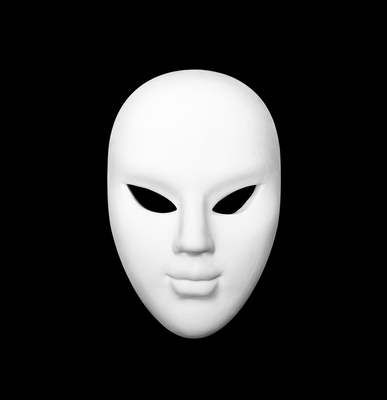Archetypes*, today, are everywhere.
BloombergBusinessweek usually populates its back-end section with a humorous take on different responses to, say, gossip in the workplace.
Marketers use new forms of ‘original patterns’ to define and segment their audiences, giving each a distinctive personality that’s easily understood.
Entertainers of all kinds assume personae, from Lady Gaga to Madonna. 
User experience designers base their groupings on solid research, creating specific narratives for each group.
No doubt, it’s a convenient way to classify folk. Remember the MBTI and Insights, among other personality assessments? A similar concept: Colleagues are downright fascinated with the diagnoses, and will spend time discussing and arguing about where they fit. We’ve seen some very fascinating behaviors during presentations and workshops, where participants almost immediately assume the roles ascribed to them.
One month later, those personae are forgotten. Work rules, after all. Yet are we using archetyping and its brethren, personae, in the best possible ways – while avoiding stereotypes?
We’d say ‘no.’ Most of us don’t use guideposts to understand the nature of how our very different selves act in the world, and in the workplace. Existing assessments like MBTI, while useful in workshops and change situations, don’t help us as we form strategies to get our staff and team and enterprise to act in certain ways and adopt specific goals.
Ever try to gather all the INTJs into one group to figure out what appeals? Good luck. And give us a holler about the narratives and personae you’ve used to drive change.
*[Our caveat: Thanks to Swiss psychiatrist Carl Jung, this Greek word now serves as a model for ways of being/acting in the world, even though that wasn’t his original intent. And even though personae differ from archetypes.]
